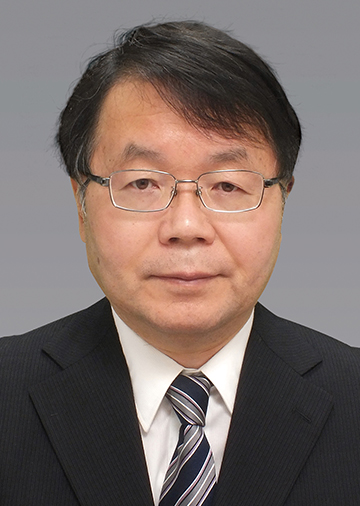

Professor, Materials and Structures Laboratory,
Founding director, Materials Research Center for Element Strategy,
Tokyo Institute of Technology
Dr. Hideo Hosono discovered that by engineering nano-structure of materials, he could use conventional elements to synthesize numerous inorganic materials with novel electronic functions that defy traditionally held ideas about elements and compounds, thereby contributing immensely to the advancement of basic science and industry.
Transparent amorphous oxide semiconductors (TAOS) is a notable example of Dr. Hosono’s achievement in which he discovered its prominent characteristics and guided the materials research and device development, which ultimately led to large scale industrial applications in recent years.
Dr. Hosono discovered that the electron mobility of highly ionic TAOS was one digit higher than covalent amorphous semiconductors that had been used up to that time. Based on this finding, he established a design guideline around this difference, which was due to greater spatial spread of metal atomic orbitals carrying the conduction, and developed numerous amorphous semiconductor materials.
TAOS, which was pioneered by Dr. Hosono’s research, went on to become a major field in semiconductor research. Amongst them, In-Ga-Zn-O thin film transistor, first developed by Dr. Hosono, offered larger mobility and high transparency, finding practical application in an energy-saving device with little current leakage. It has since begun replacing amorphous silicon in LCDs on devices such as PC monitors and tablet PCs, and is also starting to be implemented in large-sized OLEDs.
Dr. Hosono also pioneered a new frontier in the exploration of superconducting materials by discovering that iron-based oxypnictide compounds (such as LaOFeAsO), or so-called iron-based superconductors, become superconducting at high transition temperatures, even though their major component is iron, a typical magnetic element that was thought to be unfavorable for superconductivity.
He also succeeded in controlling carrier concentration over wider range than ever before by substituting oxide ions with hydrides, and went on to discover new superconducting regions, thereby contributing significantly to the basic research on the mechanism of superconductivity. Because iron-based superconductors have a high critical magnetic field and advantageous grain boundary properties, applied research is under way to explore its potential as materials for technologies such as superconducting wires to be used under powerful magnetic field.
Furthermore, Dr. Hosono discovered an electride composed of cationic skeletons and anionic electrons by replacing oxide ions inside the cage structure of 12CaO・7Al2O3 (C12A7), a constituent of commercial alumina cement, with electrons. This resulting C12A7 electride is the first electride ever to be stable under normal atmospheric conditions. With high electrical conductivity and a work function as low as alkali metals, this new material has transformed the image of cement. Dr. Hosono’s electride research has attracted attention since demonstrating catalysis of ammonia synthesis under low pressure and temperature by harnessing its unique electronic properties, and has led to the discovery of two-dimensional electrides, a new category material. He is continuing to expand on his research and is pursuing the possibility of its practical application.
As described, Dr. Hideo Hosono pioneered new frontiers in materials science through his discovery of unconventional inorganic materials with novel electronic functions using ordinary elements, sparking academic enthusiasm across various fields of basic science, while contributing enormously to industry. It is for these outstanding achievements that Dr. Hosono is deemed most eminently deserving of the 2016 Japan Prize given to honor contributions in the fields of “Materials and Production.”